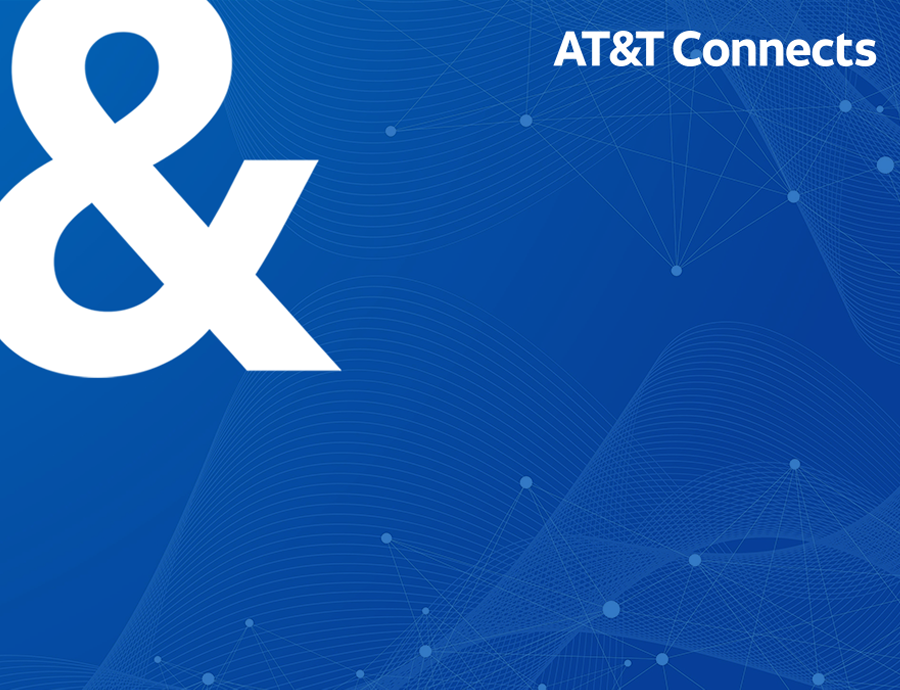For several weeks, we’ve discussed the benefits 5G could ultimately bring for business, education, health care and more. It is also important to set the record straight with facts that address some of the myths and misconceptions surrounding 5G and radio frequency (RF) emissions. I recommend the following media reports.
“Some say 5G will cause cancer, but here’s why scientists say we do not need to worry”
“According to so many reputable organizations, we just don’t have good evidence
cell phone radiation is causing harm.”
CNBC (video), March 27, 2019
“The 5G Health Hazard That Isn’t”
“How one scientist and his inaccurate chart led to unwarranted fears of wireless technology.”
New York Times, July 16, 2019
“Should you be worried? Not really, say almost all reputable experts. It looks as if we may have been the victims of widespread medical and scientific misinformation about 5G.”
Engineering.com, October 31, 2019
“Why conspiracy theorists think 5G is bad for your health and why experts say not to worry”
“Is there anything to worry about? The short answer is no,” said Chris Collins, a professor
and research director in the radiology department at the New York University School of
Medicine. “If people are not worried about current cell phone technology,
they should be worried even less about 5G.”
CNN Business, June 14, 2020
“5G news: Experts give conclusive review of 5G health concerns”
According to Jerrold T Bushberg of the University of California Davis School of Medicine
and Vice-Chair of COMAR, “This misinformation together with activist websites expressing even more ominous consequences of 5G – ranging from cancer induction to being responsible for the current coronavirus pandemic – has created substantial and unnecessary public anxiety.”
Express, June 24, 2020
Here is what a few leading members of the health and scientific community – both internationally and here in the United States – have to say about 5G.
Furthermore, Connecticut leaders in various fields spoke about what connectivity means to their industry, their community and to Connecticut’s future. Visit our Local Voices Library to read more.
Keeping You Connected Responsibly
We take everyone’s health and safety seriously. The Federal Communications Commission (FCC), the federal agency responsible for regulating wireless carriers’ RF emissions, has adopted conservative, science-based RF exposure limits for carriers.1 These limits apply to all wireless carriers and technologies, including current 4G and new 5G services and devices. AT&T’s wireless sites, including small cells and 5G, comply with these FCC rigorous safety standards.
AT&T is committed to working with state and local governments in order to enhance our network, the infrastructure and keep pace with growing data needs.
Additional resources and information can be found at:
1 The FCC’s mandatory RF exposure limits were developed based on information from health and safety experts including, but not limited to, the U.S. Environmental Protection Agency (EPA), the Food and Drug Administration (FDA), the National Institute for Occupational Safety and Health (NIOSH), the Occupational Safety and Health Administration (OSHA), the National Council on Radiation Protection and Measurements (NCRPM), the American National Standards Institute (ANSI), and the Institute of Electrical and Electronics Engineers, Inc. (IEEE).


